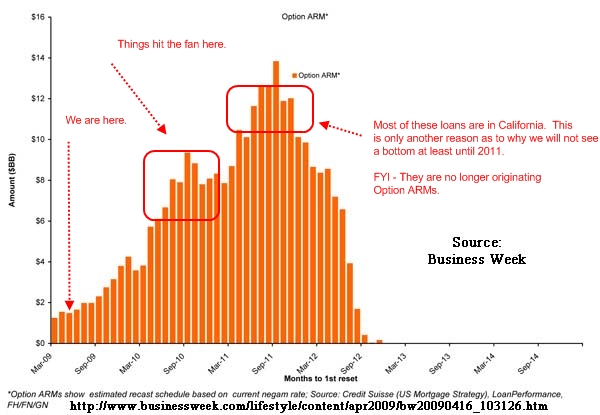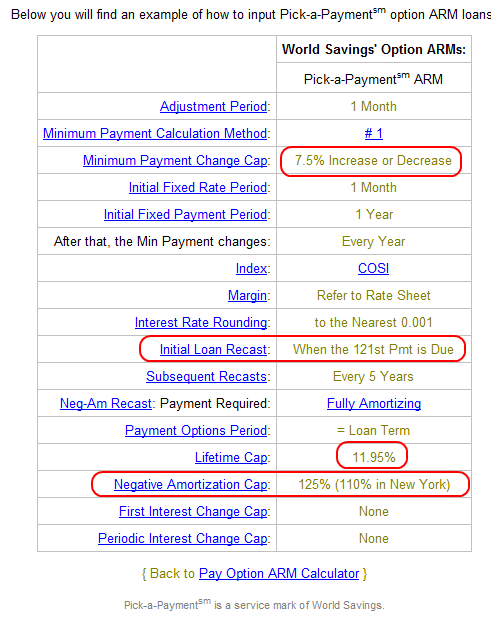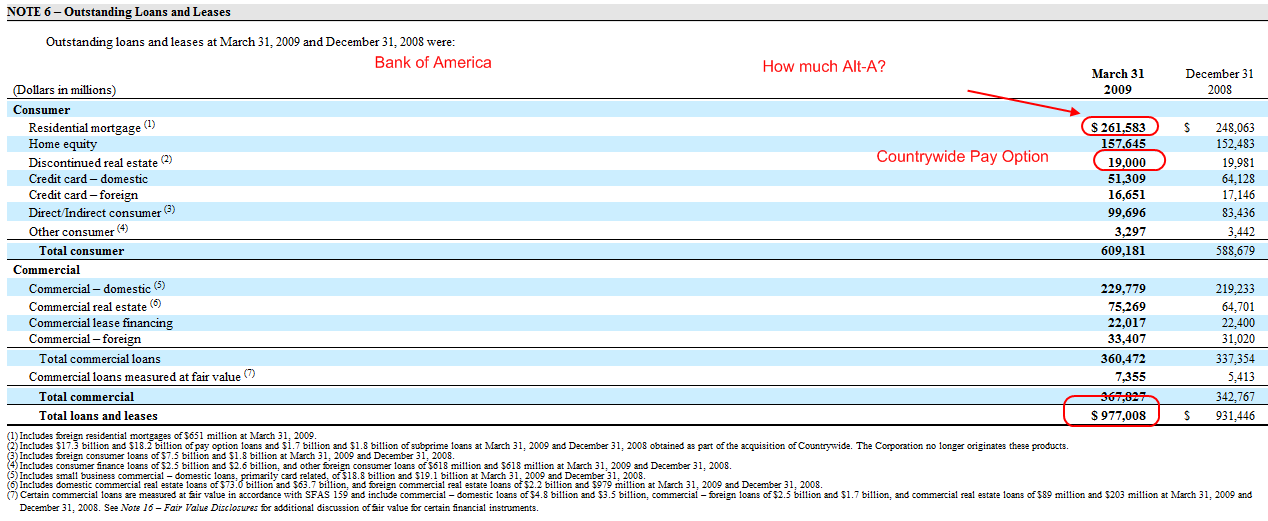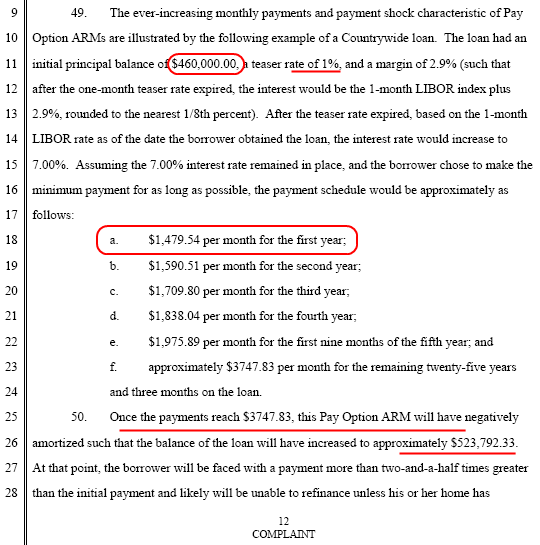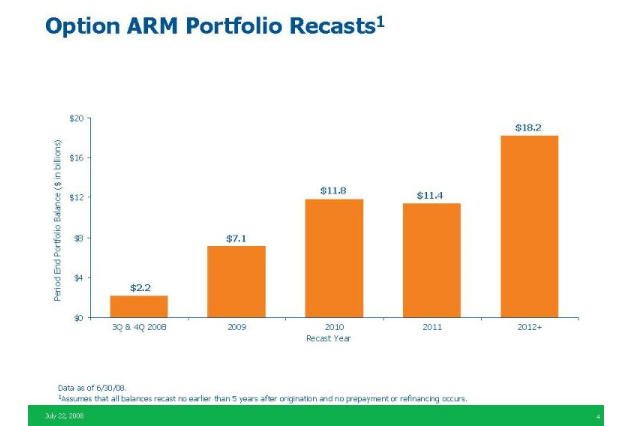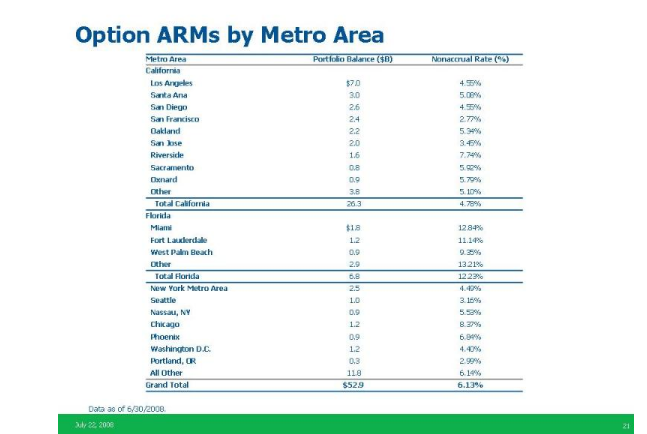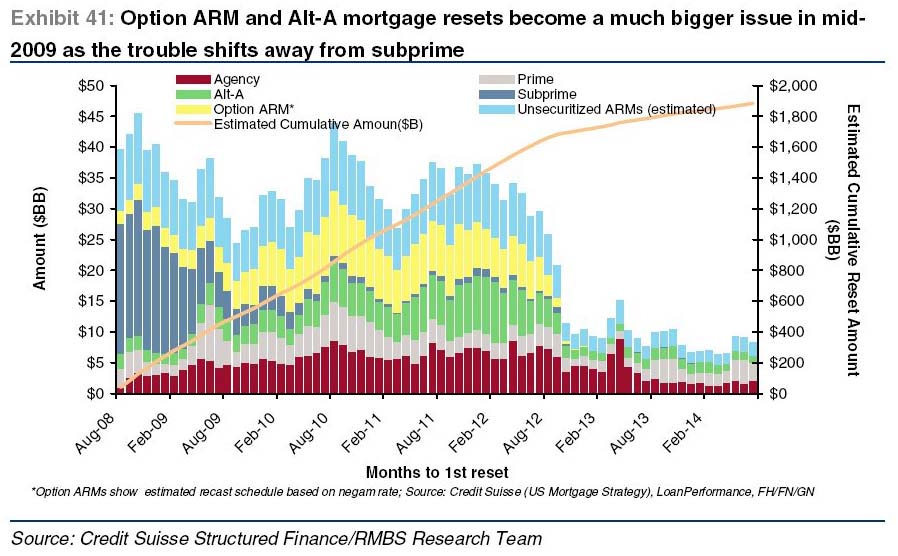
By ANDREW E. KRAMER May 11, 2009
——————————-
Each day, the contents of the bags spill into the stainless steel hoppers of the receiving room. The diamonds are washed and sorted by size, clarity, shape and quality; then, rather than being sent to be sold around the world, they are wrapped in paper and whisked away to a vault — about three million carats worth of gems every month.
“Each one of them is so unusual,” said Irina V. Tkachuk, one of the few hundred people, mostly women, employed to sort the diamonds, who sees thousands of them every day.
“I’m not a robot. I sometimes think to myself ‘wow, what a pretty diamond. I would like that one.’ They are all so beautiful.”
It could be years before another woman admires that stone. Russia quietly passed a milestone this year: surpassing De Beers as the world’s largest diamond producer. But the global market for diamonds is so dismal that the Alrosa diamond company, 90 percent owned by the Russian government, has not sold a rough stone on the open market since December, and has stockpiled them instead.
As a result, Russia has become the arbiter of global diamond prices. Its decisions on production and sales will determine the value of diamonds on rings and in jewelry stores for years to come, in one of the most surprising consequences of this recession.
Largely because of the jewelry bear market, De Beers’s fortunes have sunk. Short of cash, the company had to raise $800 million from stockholders in just the last six months.
The recession also coincided with a settlement with European Union antitrust authorities that ended a longtime De Beers policy of stockpiling diamonds, in cooperation with Alrosa, to keep prices up.
Though it is a major commodity producer, Russia has traditionally not embraced policies that artificially keep prices up. In oil, for example, Russia benefits from the oil cartel’s cuts in production, but does not participate in them.
Diamonds are an exception. “If you don’t support the price,” Andrei V. Polyakov, a spokesman for Alrosa, said, “a diamond becomes a mere piece of carbon.”
In an attempt to carefully calibrate its re-entry on the global market, without forcing prices still lower, Russia is relying on two things: the Soviet-era precious gem depository — created to hold jewelry confiscated from the aristocracy after the 1917 revolution — and capitalist investors, whom Alrosa hopes will buy diamonds as an investment, like gold.
Russia is taking a leadership role in other ways, too.

Sponsored Ads: Naples Computers | Bonita Springs Condos | Naples Direct Mail
Sergei Vybornov, Alrosa’s chief executive, said that he had helped persuade the central bank of Angola — which, like Russia, is still relatively flush with oil money — to buy 30 percent of the production of Angola’s diamond mines, keeping these stones off the market.
And last fall, Alrosa began what it called the St. Petersburg Initiative, along with De Beers and other large producers, to invest collectively in generic diamond advertising, akin to De Beers’s promotion of the slogan “Diamonds are forever.” Russia assumed the task as De Beers has principally shifted to promoting its own branded gems.
Still, it is a precarious time for the Russian diamond company to assume leadership of the industry.
Until last year, De Beers produced about 40 percent of the global rough stone supply, and Alrosa 25 percent. But De Beers, which is prohibited under its European Union antitrust agreement from stockpiling, closed mines in response to the glut in rough stones. Russia is loath to do that, as authorities in Moscow, gravely concerned about potential unrest by disgruntled unemployed workers, try to keep workers on the payroll.
In the first quarter, De Beers reduced output by 91 percent compared with the previous year. The diversified mining companies Rio Tinto and BHP Billiton also curbed production.
Meanwhile, the market for wholesale polished diamonds, worth about $21.5 billion, is expected to fall to about $12 billion in 2009, according to Polished Prices, an analytical service for the industry.
Rough diamond prices have fallen even more, as much as 75 percent since their peak last July at some auctions.

The two markets are distinct. Typically, about 60 percent of a rough diamond is lost as dust or shavings in the cutting process.
Mr. Vybornov blames diamond traders who pledged diamond stocks as loan collateral for part of the world glut. When credit dried up last fall, banks and other creditors seized those gems and sold them, he says, flooding the market. By December, his company decided to withdraw entirely from the market rather than further erode prices.
Russia historically remained mostly a behind-the-scenes player, perhaps because Soviet authorities would have had to perform some ideological gymnastics to promote a product consumed principally by the rich of the capitalist world.
Instead, twisting politics, the Soviets concluded a semisecret agreement with apartheid-era De Beers to sell Siberian diamonds in a way that would not undercut the market.
Sponsored Ads: Bible Covers | Naples Carpet | Tampa Ultrasounds
After the collapse of the Soviet Union, the Russian diamond industry created a formal alliance with De Beers, selling the South African company half of each year’s production at a discount intended to subsidize De Beers’s generic diamond advertising undertaken in the 1990s, mostly in the United States.
Now, the Russians are in the driver’s seat.
Charles Wyndham, a former De Beers evaluator and co-founder of Polished Prices, said Russia had thus far managed the transition well: withholding gems to make more money in the long run rather than further depressing the market.
“Whatever one wants to say about the Russians, they certainly aren’t stupid,” Mr. Wyndham said.
Alrosa is seeking to jump-start demand by selling gems under long-term contracts to wholesale buyers in Belgium, Israel, India and elsewhere. Under these contracts, six of which have been signed, prices are set at a midpoint between the peak last August and this winter, and fixed for a period of several years.
“A diamond ring should not cost $100,” Mr. Vybornov said. “We don’t want that type of client.”
Alrosa is also working with a Moscow investment bank, Leader, a subsidiary of the Russian natural gas monopoly Gazprom, to market diamonds to investors. Under the plan, investors would buy diamonds but the gems would not be released to jewelers for several years.
It is a program, essentially, of outsourcing the stockpiling function to investors in exchange for the chance to profit from a possible recovery in the market.
At one of Alrosa’s cutting shops in one of Moscow’s outer districts, Aleksandr A. Malinin, an adviser to the president of Alrosa, showed a typical collection that might become the basis for such an investment vehicle.
The gems fit in a felt box about the size of a laptop computer.
The larger stones, a circular-cut 10 carat flawless white and a princess-cut yellow, were estimated at about $400,000. The smaller ones ranged from $16,000 to $100,000. But the value of the box, while surely several million dollars, is something of a mystery just now given the depressed market.
How the buy-in price for the stones will be set, and how the company will determine when the price goes up and down, is unclear, Mr. Malinin said.
“We have to tell people that diamonds are valuable,” he said. “We are trying to maintain the price, just as De Beers did, as all diamond producing countries do. But what we are doing is selling an illusion,” meaning a product with no utility and a price that depends on the continued sense of scarcity where there is none.
At the Alrosa unit that receives diamonds, called the United Selling Organization, where about 90 percent of the output of the Siberian mines arrives for processing, Elena V. Kapustkina pours about 45,000 carats of diamonds though a stainless steel sieve every day to sort them by size.
“It’s just a job,” she said.
When asked whether diamonds had lost their romance for her, Ms. Kapustkina paused, looked down at the pile of gems on her table and blushed.
In fact, she said, her husband, a truck driver, gave her a half-carat ring 22 years ago. “Of course I love it,” she said. “It’s from my husband.”



